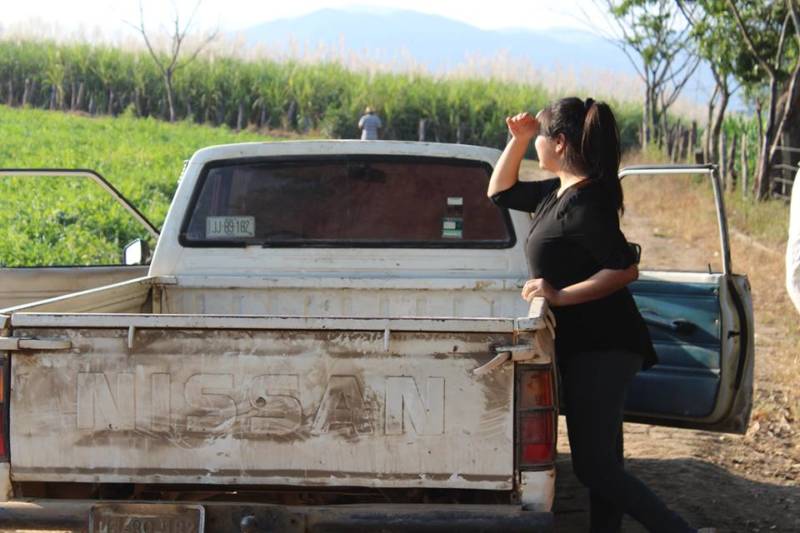UPDATED: Feb. 26, 2018
Welcome to yet another episode of DACA drama.
The Supreme Court on Monday declined to hear the Trump administration's appeal to end Deferred Action for Childhood Arrivals, an Obama-era program that protects roughly 700,000 young immigrants brought here as children from being deported.
The high court refused to take up the issue until it goes before the U.S. Court of Appeals for the Ninth Circuit, in San Francisco, a step on the judicial ladder that the Trump administration sought to bypass. The announcement comes after a federal judge's ruling last month that temporarily blocked the Trump administration's order to end DACA by early March.
In January, U.S. District Judge William Alsup ruled that the administration must temporarily “maintain the DACA program on a nationwide basis” at least until lawsuits filed by California and other states play out in court. That means the so-called “Dreamers” in question could remain in legal limbo for months until the appeals court issues a ruling or Congress acts to make their status permanent.
Introduced as an executive action by President Obama in June 2012, DACA was intended to give temporary protection against deportation to certain groups of young undocumented immigrants who were brought to the U.S. as children. DACA recipients can also obtain work permits and driver's licenses, although the program offers no path to citizenship or permanent residency.
Since 2012, nearly 800,000 young people have received DACA status. Of that, about 700,000 are still part of the program.
Critics call the Trump administration’s actions unjust, arguing that most DACA recipients have lived most of their lives in the U.S. and were brought here through no fault of their own. But proponents of the recent decision argue that Obama's action was an abuse of executive power. Some also claim that at DACA recipients take jobs away from native-born Americans and drive up crime. This argument, however, has been generally refuted.
Scroll through this interactive timeline to see DACA's tumultuous path since it took effect five years ago. Below that, listen to our recent interview with a UC Berkeley student and DACA recipient.

In 2003, at the age of 8, Dalia Nava and her mother and sister left their native Mexico and crossed illegally into the United States, settling in East Los Angeles. After graduating from high school, Dalia received DACA status. Today she is a senior at UC Berkeley, majoring in political science. KQED's Stephanie Thatcher spoke with Dalia just days after the Trump administration announced plans to end the program.